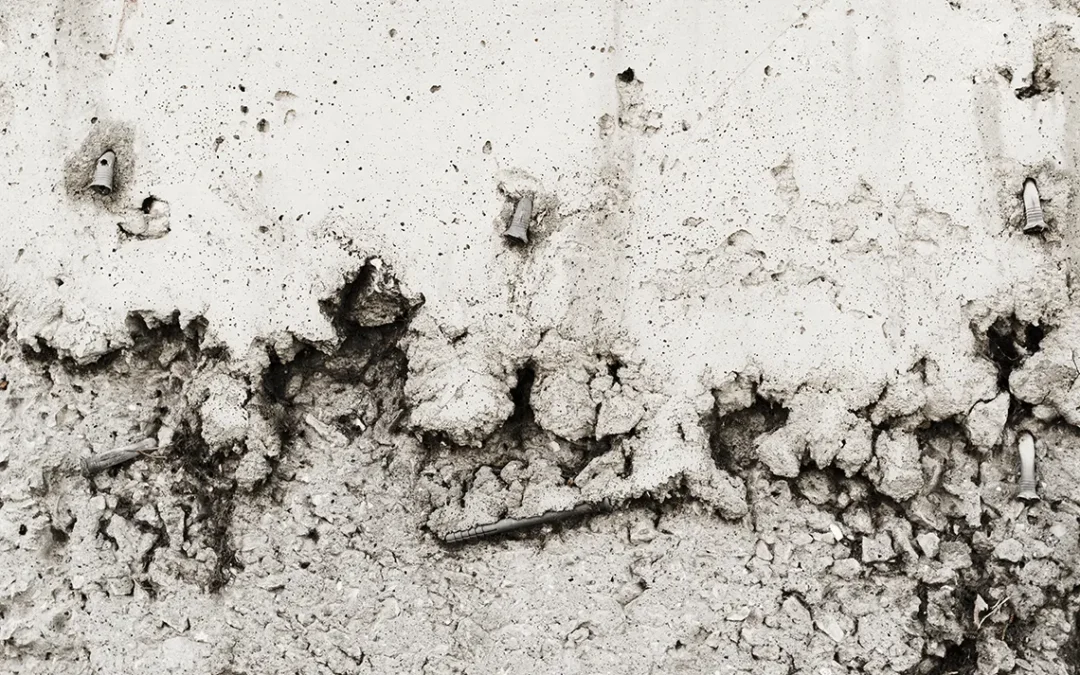Concrete is a durable and versatile material widely used in sidewalks, driveways, patios, basements, and commercial spaces across Long Island, Brooklyn, Queens, and the Bronx. However, even the most robust concrete can deteriorate over time, developing unsightly and problematic surface damage known as concrete pitting. If left unaddressed, pitted concrete can worsen, reducing curb appeal, creating tripping hazards, and potentially weakening the structure. In this guide, we will explain what concrete pitting is, why it happens, and most importantly, how to fix pitted concrete effectively to restore your surfaces and extend their lifespan.
What is Concrete Pitting?
Concrete pitting refers to the formation of small, shallow holes or depressions on the surface of concrete. These pits can vary in size and depth and are often scattered unevenly. Unlike cracks or scaling, which are usually linear or flaking, pitting appears as tiny craters across the surface. Over time, these pits can collect dirt, water, and debris, making the surface harder to clean and more susceptible to further damage.
Why Does Concrete Pitting Happen?
Concrete pitting in areas like Long Island, Brooklyn, Queens, and the Bronx is often the result of several environmental and material factors:
1. Freeze-Thaw Cycles
In colder climates, water seeps into the porous surface of the concrete. When temperatures drop, the water freezes and expands, causing small sections of the concrete surface to chip away.
2. Poor Concrete Mix
If the original concrete mix lacked the proper water-to-cement ratio or did not include air-entrainment (which helps absorb freeze-thaw stress), the surface becomes more vulnerable to pitting.
3. Deicing Salts
The use of deicing salts in winter accelerates surface deterioration by increasing water absorption and chemical damage.
4. Heavy Traffic
Constant wear and tear from foot or vehicle traffic can break down the concrete surface over time, especially in high-use areas.
5. Age and Neglect
Older concrete that has not been properly sealed or maintained is more prone to pitting.
Why Fix Pitted Concrete?
Fixing pitted concrete is essential for several reasons:
- Safety: Pitted surfaces can cause tripping hazards.
- Aesthetics: Smooth, even concrete looks better and adds value to your property.
- Durability: Repairing pits prevents deeper structural damage and extends the life of the surface.
- Ease of maintenance: Smooth surfaces are easier to clean and maintain.
How to Fix Pitted Concrete
At Zavza Seal, we specialize in professional concrete repair services throughout Long Island, Brooklyn, Queens, and the Bronx. Here is an overview of how to fix pitted concrete correctly:
Step 1: Assess the Damage
First, determine the extent of the pitting. Minor surface pits can usually be repaired with a resurfacing product, while deeper pits may require patching or more extensive restoration.
Step 2: Clean the Surface
The concrete surface must be thoroughly cleaned to remove dirt, dust, grease, and loose debris. Power washing is often used to ensure the pits are completely clean. For oil-stained areas, a degreaser may be applied.
Step 3: Prepare the Surface
Once the surface is clean, any loose or weak concrete in and around the pits is removed using a wire brush or grinder. This step ensures that the repair materials will properly bond to the concrete.
Step 4: Apply a Concrete Patch or Resurfacer
For minor pitting, a concrete resurfacer is applied to fill the pits and create a uniform surface. This material is spread across the area and worked into the pits using a trowel or squeegee.
For deeper pits, a patching compound specifically designed for structural repairs is used. This compound is pressed into the pits and smoothed out to match the surrounding surface.
Step 5: Finish and Cure
After applying the repair material, the surface is smoothed and finished as needed. Proper curing is critical to ensure the repair achieves maximum strength and durability. This usually involves keeping the surface moist and protected for several days.
Step 6: Seal the Concrete
Once the repaired surface has fully cured, applying a high-quality concrete sealer helps protect against future pitting, staining, and water damage. Sealing should be done every few years as part of regular maintenance.
Why Choose Zavza Seal for Concrete Repair?
At Zavza Seal, we bring years of expertise, quality workmanship, and premium materials to every concrete repair project. Here’s why homeowners and businesses across Long Island, Brooklyn, Queens, and the Bronx trust us to fix their pitted concrete:
- Experienced professionals: Our team understands the unique challenges of local climates and urban environments.
- Durable solutions: We use proven techniques and high-performance products to ensure lasting results.
- Comprehensive service: From cleaning to sealing, we handle every step of the repair process.
- Customer satisfaction: We prioritize your needs, budget, and timeline.
Tips to Prevent Future Concrete Pitting
While repairs can restore your concrete, taking preventive steps helps keep it in good condition:
- Seal regularly: Apply a concrete sealer every 2 to 3 years.
- Clean promptly: Remove salt, dirt, and oil as soon as possible.
- Avoid harsh chemicals: Use alternatives to deicing salts when possible.
- Schedule inspections: Have your concrete checked for early signs of damage.
Contact Zavza Seal Today
If you have pitted concrete on your property in Long Island, Brooklyn, Queens, or the Bronx, do not wait for the damage to get worse. Contact Zavza Seal today for expert concrete pitting repair services. Our team will assess your surface, recommend the best solution, and restore your concrete to its optimal condition.
Call us now or fill out our online form to schedule a free consultation.
Zavza Seal LLC: Your trusted partner for fixing pitted concrete and protecting your investment.








